Northern Israel Food
We stayed in Tzfat (Safed) and Haifa, and traveled all around the Sea of Galilea and up towards Mt. Hermon. Note that the best way to reach all of these places is by car. While there is bus service between towns, it doesn’t let you wander.
Druze Food
Druze is a monotheistic religion with some similarities to Islam, Christianity and Judaism, but which is distinct. Most of the world’s Druze people live in Syria, Lebanon, Jordan and Israel. When traveling in the North, it is common to see roadside stands with people selling food. These are mostly druze and you should stop and eat!
Roadside Stands
The most common finds at roadside stands are pita (which in the Druze case is more like a really large crepe) with labneh and zatar, and jars of preserved food such as labneh in olive oil, grape must syrup, olive oil, and nuts in honey. Labneh is sour like sour cream but thick like cream cheese. As a lactose intolerant person, I can tolerate labneh well. We read several posts from other adventurers who suggested seeking out a particular roadside stand to get the pita/labneh/zatar experience, but after tasting many we decided they are pretty much standard. None of them were quite as warmed through as we’d have liked, but the taste was always good. Prices were either 20 or 25 NIS everywhere we went.
The labneh in oil is a good souvenir to bring home. These are labneh balls that have had all their liquid drained out, and so long as they are covered with olive oil can be stored at room temperature. The market folks said they will keep a few years, but these are so yummy, I will surely eat them before a few months are up. Pack it in a ziplock bag (or two) with paper towels inside as it will leak. When you get it home, top it off with your own olive oil. Prices again 20 or 25 NIS everywhere.
Sometimes you might find a larger stand with a full sandwich offering. We did, and had a lovely vegetable wrap for breakfast, with tea included. If you see cabbage in containers, that’s a good clue the sellers are making sandwiches.
Two Great Druze Restaurants
During our travels in the north, we really wanted to try Druze cuisine. Beyond the roadside stands (above), we also tried two restaurants.
Our first Druze restaurant was Alyasmeen; it is located in the town of Majdal Shams, a Druze town in the foothills of Mt. Hermon north of the Golan Heights. 4 stars for this restaurant experience. It wasn’t the best Arab food we’ve ever had, but it was darn good and the experience of getting there and being there added to it. We sat in an outside courtyard that was shaded; they also have indoor seating. When we were there in February, it was full of families returning home after playing in the snow on Mt. Hermon.
When we arrived, the waitress brought over a cell phone with a guy on it (her brother) who would explain things in English! “There’s no menu. It’s going to be about 10 dishes, whatever my mom cooks for the day. It includes drinks and tea or coffee and dessert, and it’s 120NIS for adults and 50 for kids.” Open every day from 11-8 pm.
The second restaurant, Naseba Druze Home Cooking in the town of Buq’ata. We aimed for an early dinner at this Druze restaurant we’d found written up in a few places, mostly as a place where food/cooking tours visit. The address in Hebrew is basically “250 meters from the main road in Buq’ata” but when you type ‘Naseba Druze Home Cooking’ into Google Maps, it gets you within about 50 meters of the building. Here is what it looks like from outside:



Naseba Alkesh greeted us and asked if we eat meat, then explained that there is no menu and the price is 120NIS per person. There were about 15 dishes, all very good, including two kinds of fatayer (a savory stuffed pastry), one with spinach and one with potatoes; mujaddara (a rice and lentil dish); and grape leaves stuffed with rice, among other dishes. Meat dishes included maqluba (a rice and meat dish served upside-down), and kibbeh.
Before dessert was served she showed us a batch of steamed cabbage leaves, and then asked if I wanted to learn how to make the stuffed cabbage. You can see a picture of me below with an older woman (her mom?) who showed me the way. There was a container of uncooked rice mixed with cinnamon, bharat, garlic, and enough olive oil to cover all the rice. The stems are removed from the cabbage leaves and a piece about 2” square is cut from a larger leaf, if necessary. About a teaspoon of rice is made in a line parallel to the veins in the leaf, and then it is rolled tightly with open ends. These will all be steamed.


The dessert was AMAZING: pastry with cheese inside doused in sugar syrup.
Naseba talked to us about some visits she had made to the US, invited by Trinity College (Hartford, CT) and Harvard Business School to speak. Then she also told us some stories of her life. She is a feminist who found a way to get her driver’s license when it was forbidden by the local sheik, and when the consequence of doing so was ex-communication from the community. And then she helped other women get their licenses. When the price of fruit plummeted, she went to areas with tour buses, stopped them and asked the guides to offer the tours a chance to pick cherries in her orchard and pay half the going rate. The guides and bus drivers all asked if she was crazy, but with about 5 buses a day she managed to earn an income, and this also led to her making snacks to feed tours while they stopped to pick the fruit. Now her main business is hosting groups in the restaurant for cooking demonstrations and dinner.
Akko’s Most Famous Restaurant – Uri Buri
Uri Buri seems to pop up on a lot of ‘Top 50’ Restaurant lists. We actually first heard about the restaurant and the owner (Uri Jeremias) on ‘Somebody Feed Phil’.
We spent the day in Akko, having tried to get a dinner reservation for that day unsuccessfully. We decided to drop in when they opened at noon, and got a lovely table overlooking the ocean and promenade.

View from our table
They have what they call a ‘tasting menu’ which is really just items from the menu that the waitstaff assemble based on your likes, dislikes, allergies, etc. Each of the mains also comes as a half-size, which was perfect to allow us to try more mains as part of the tasting menu.
We enjoyed Uri Buri so much that we made a dinner reservation for the night before we left Israel so we could try all the dishes we didn’t try the first time.
Dates and Kibbutz Kinneret
Kibbutz Kinneret is a good place to visit if you are near the south end of the Sea of Galilee (aka the Kinneret). This kibbutz specializes in dates – they grow and sell at least a dozen varieties at their store. Pre-COVID, one could sample all the different varieties to figure out which boxes to buy. We weren’t able to do that, so we bought 1 kilogram boxes of about 6 varieties! 1 kg cost 24NIS (US$8 at the time)!! They also have date syrup and honey made on-site, and products from other local producers including drinks, snacks, cookware and home furnishings.

exterior of the date shop

one of many types of dates grown and sold here
Some Places in Tzfat
We tried and can recommend several restaurants in Tzfat.
First, HaAri Shmona (HaAri 8, the address is the name of the restaurant). This is a kosher meat restaurant that had some decent main appetizers and mains. We had lamb and eggplant with tahini and honey, and Moroccan cigars.
But the highlight is their desserts. We actually had to ask several times just to confirm there was no dairy in them (which of course was the case because they were a kosher meat restaurant and can’t serve dairy).
We also tried a local hummus restaurant about a block from our B&B called Abu Yuvi (Facebook page) Both indoor and outdoor dining; again, hard to go wrong with hummus and theirs was particularly good.
Some Places in Haifa
In our wanderings around Haifa, we stumbled upon on an alley of Arab food sellers. Most of the stalls consisted of folding tables set up with many pots of food that came from each family’s house. You could get a plate of food, with various breads, for about 30 NIS. Every seller made their family favorites/recipes. It was interesting to see (and try!) different versions of the same dish. In addition, there were several dessert shops and falafel restaurants. Look for triangular pies with spinach.
Ein ElWadi Lebanese restaurant. A short walk from our hotel in Haifa (City Port Hotel). Particularly tasty dishes included kubbeh labaneyeh, which were small meat and bulgur balls cooked in yogurt, and hummus – their version was really good.


We went to Fattoush several times while we were in Haifa. It was only a block from our hotel and the food (both dinner and breakfast) was tasty and interesting. They had several versions of hummus, including one with ground meat. Their vegetarian dishes were better than the meat ones. The fattoush salad, hummus, and an okra/tomato dish were all tasty and the tea was good. Their shakshuka was also quite good. Tea combinations were nice, but I’m disappointed when adding hot water to a teapot is too much to ask. Hot water costs the restaurant nothing and I’ve already paid for the brewed items (like ginger and orange slices).
Food elsewhere in North Israel
After visiting Rosh Hanikra at the very northwest tip of Israel (at the border of Lebanon and Israel), we stopped at Tosha Bakery. It’s part of Kibbutz Rosh Hanikra, but it’s operated by two people who rent the location from the Kibbutz. Tosha Bakery has a variety of sandwiches, soups and pastries. We got a beet salad and hummus sandwich with pickles – both were well done and filling. If you are in the area, it’s worth a visit.
Kibbutz Dining
Want to eat on a kibbutz? In the beginning, these socialist/ communist living communities had everyone eat together in one cafeteria. Kibbutz Magal still has their original dining hall and residents of the kibbutz can choose to buy a meal plan or cook at home these days. You can visit Kibbutz Magal–see more information on our Northern Israel Things to Do page.

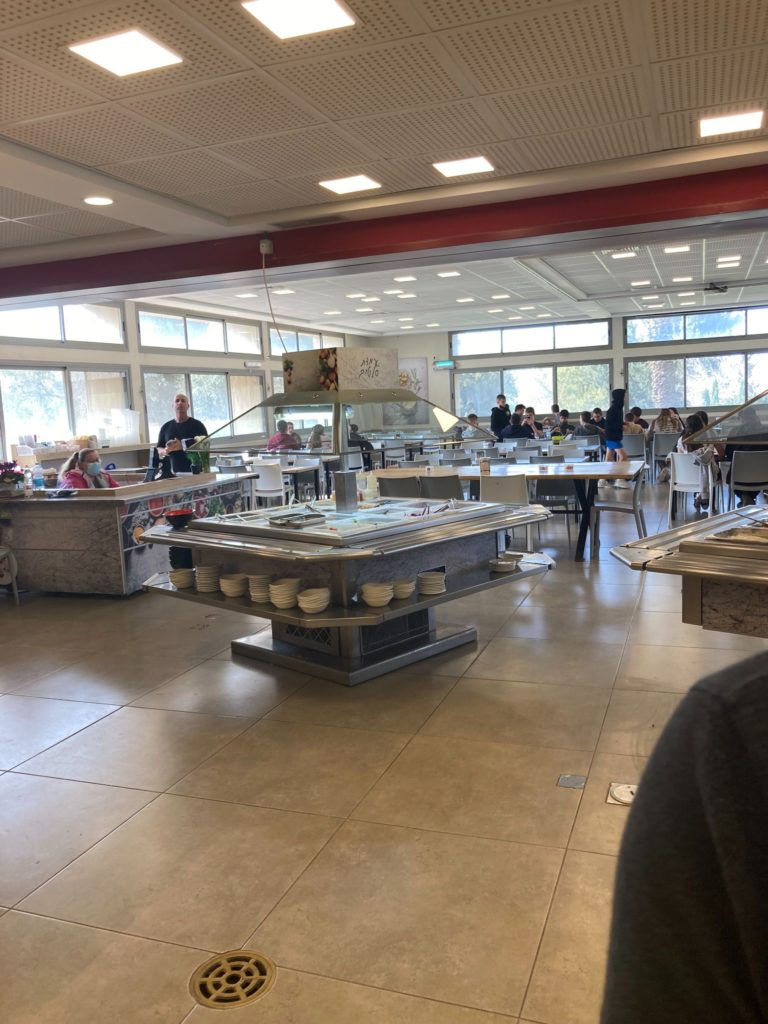










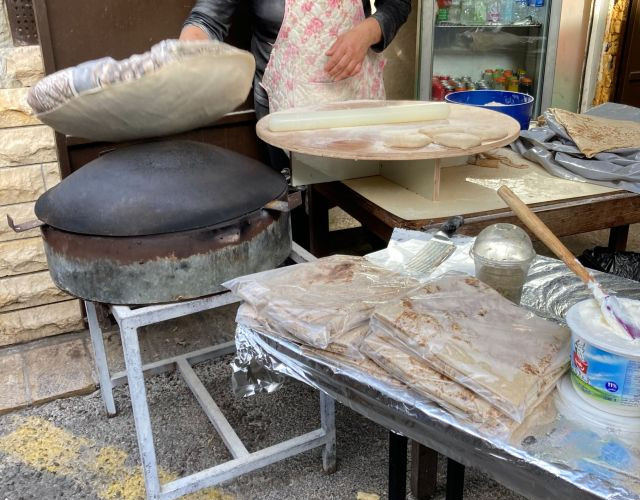



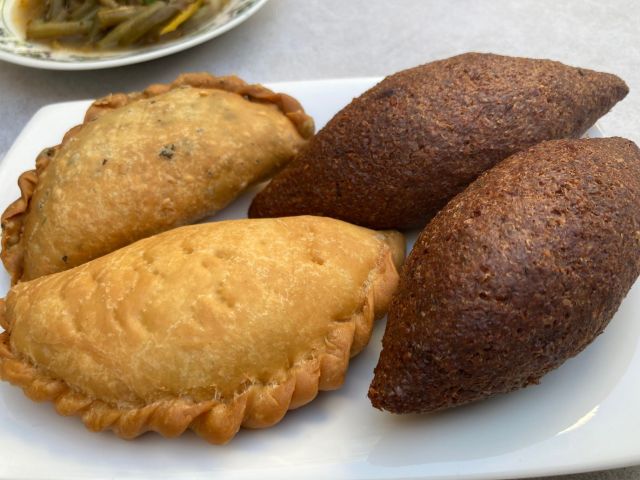






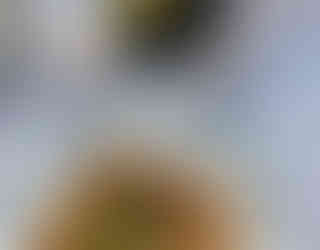






















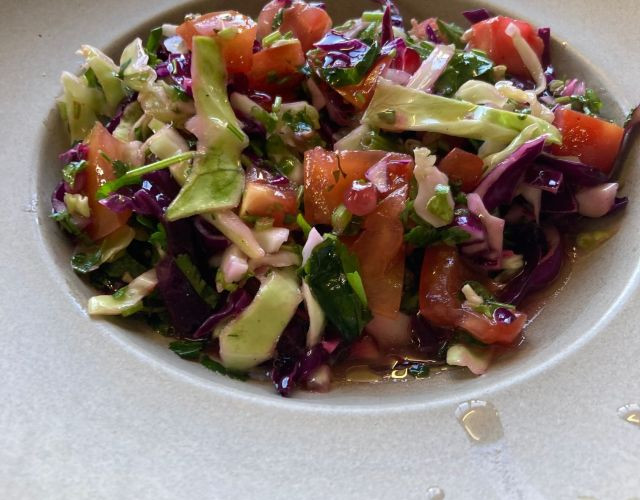

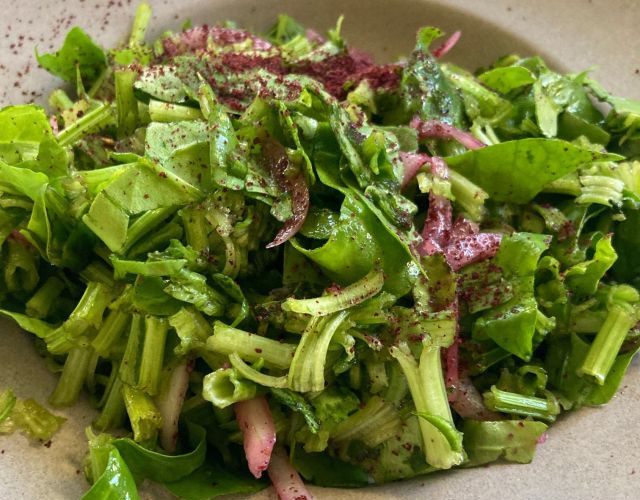








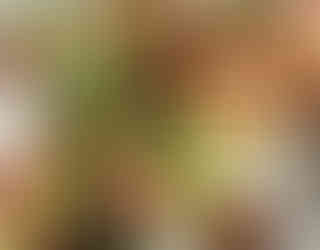
















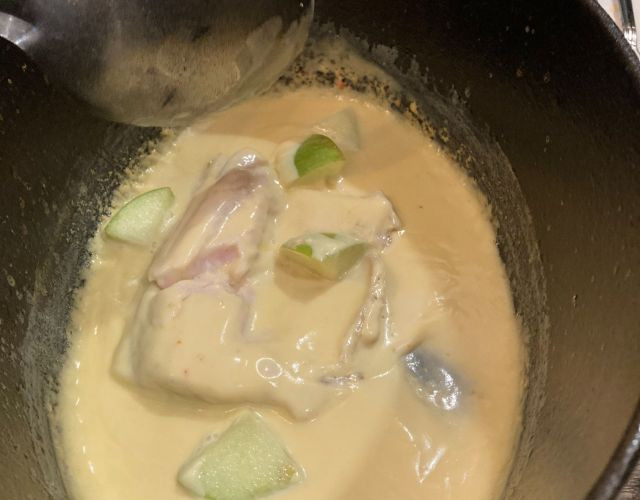





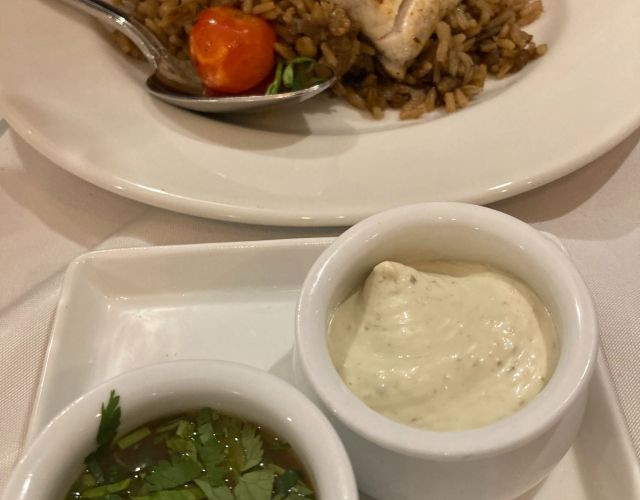







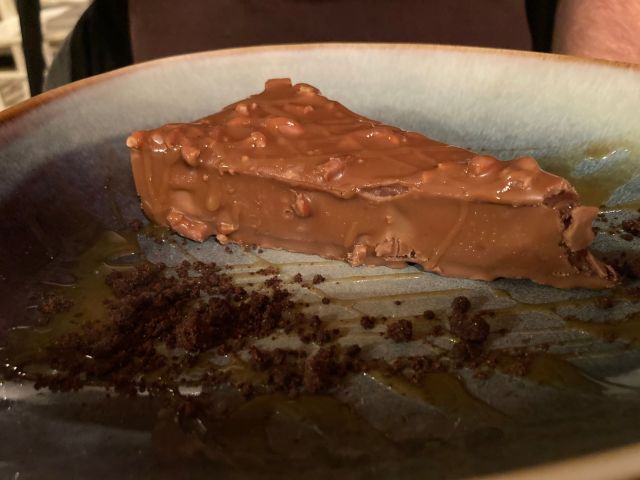



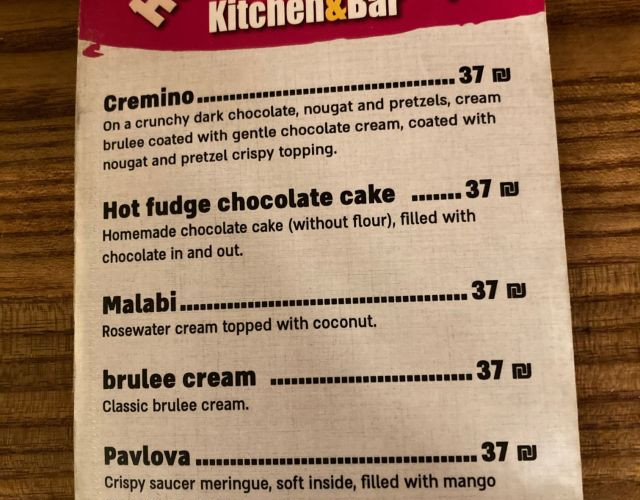





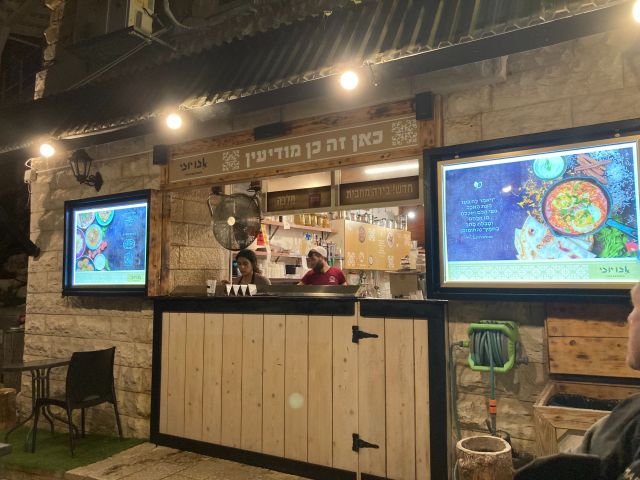





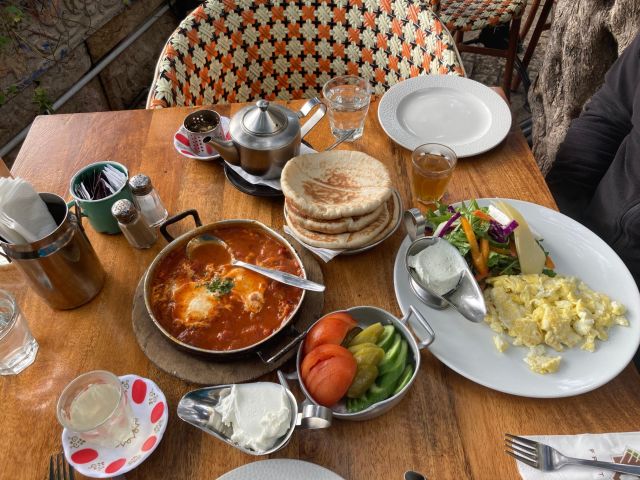






Comments